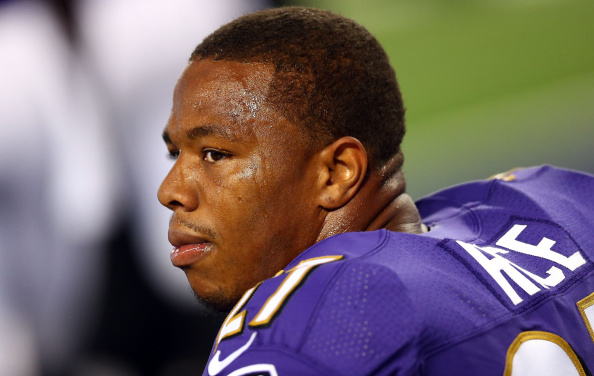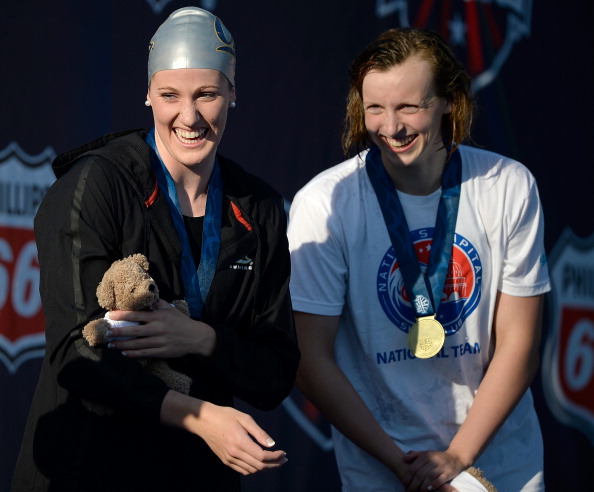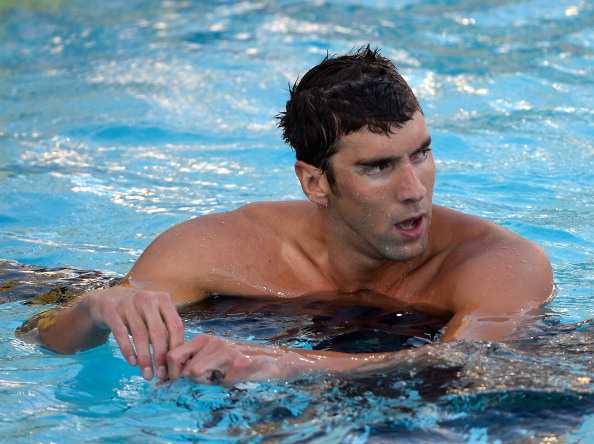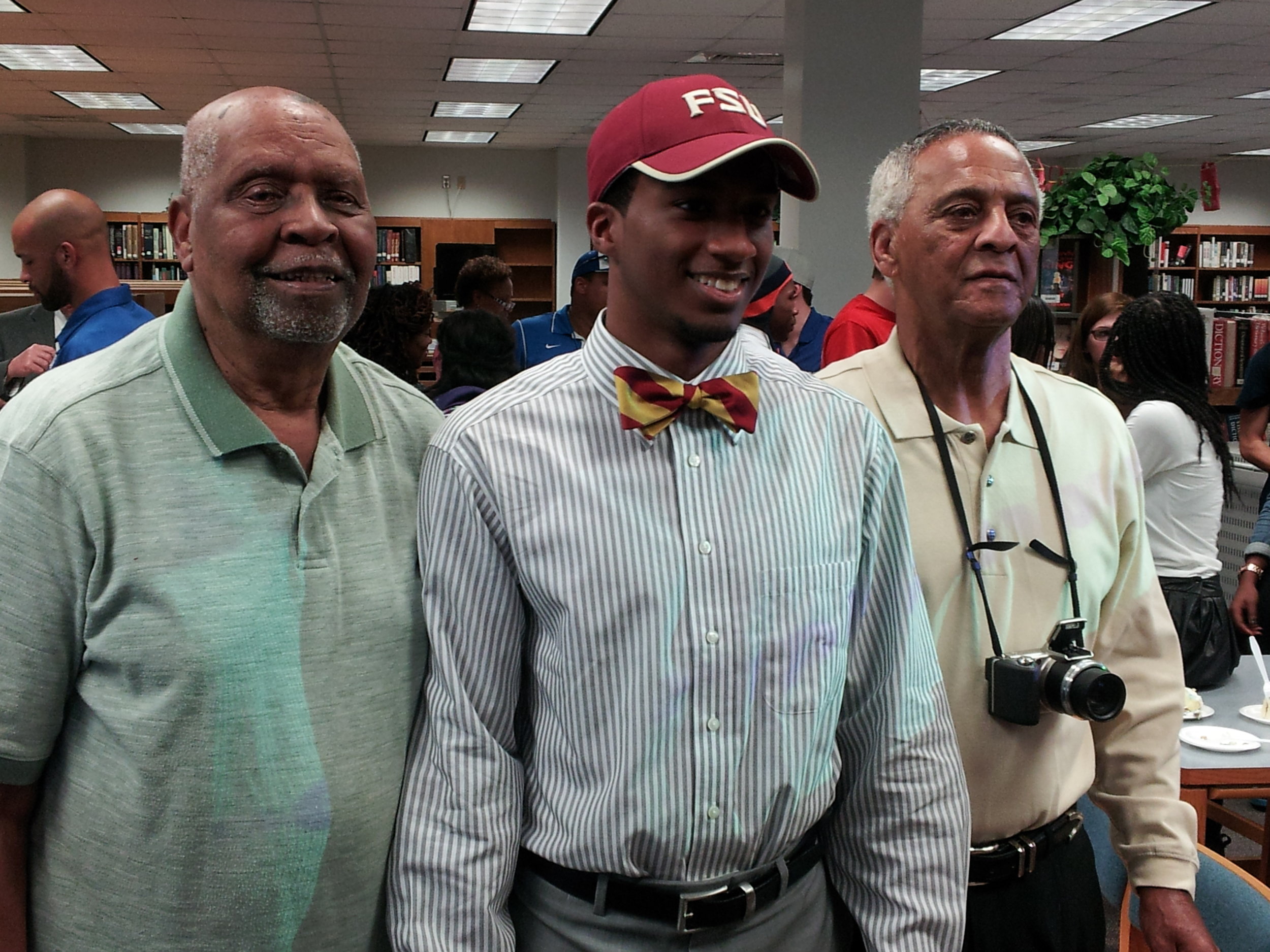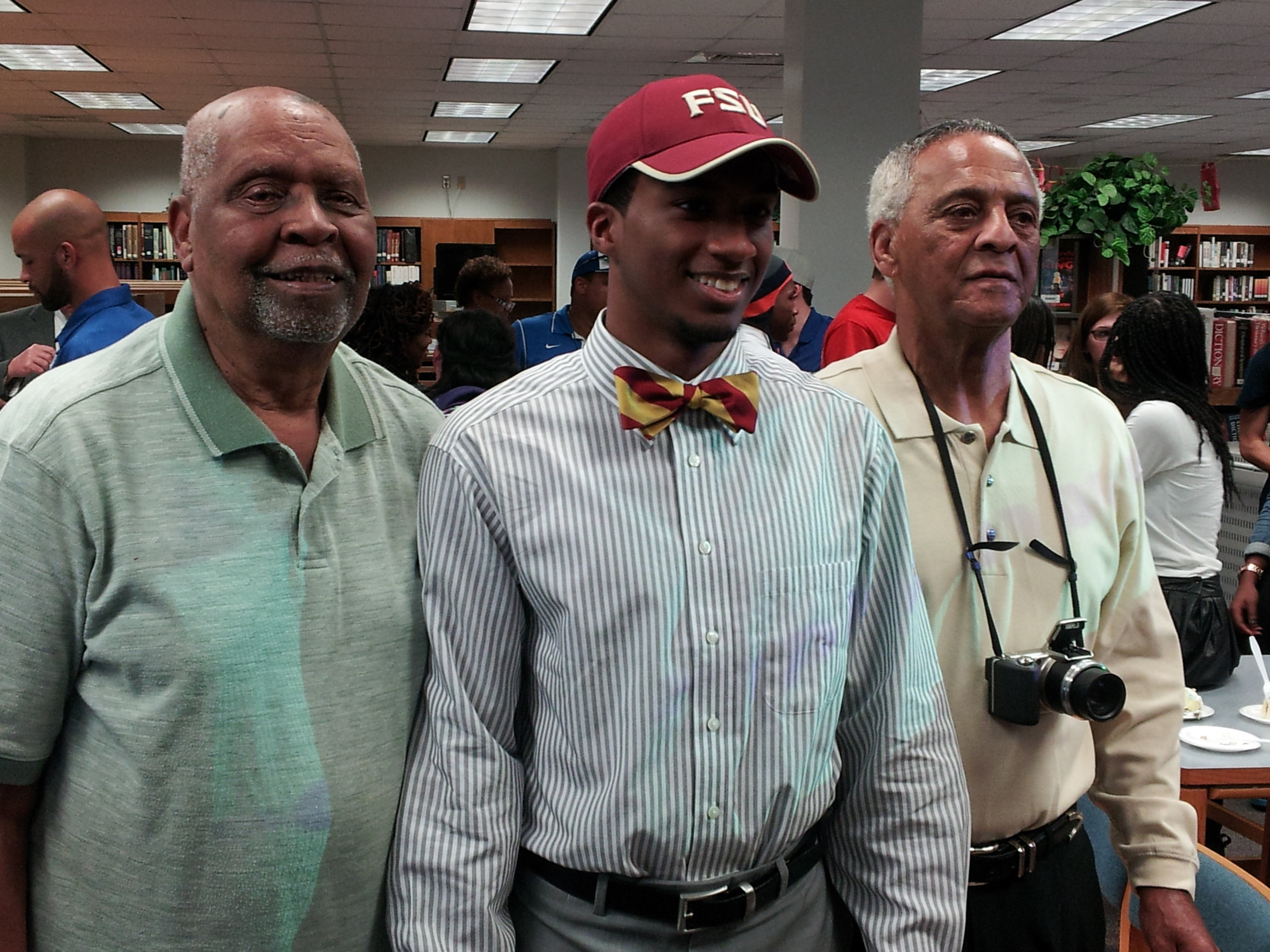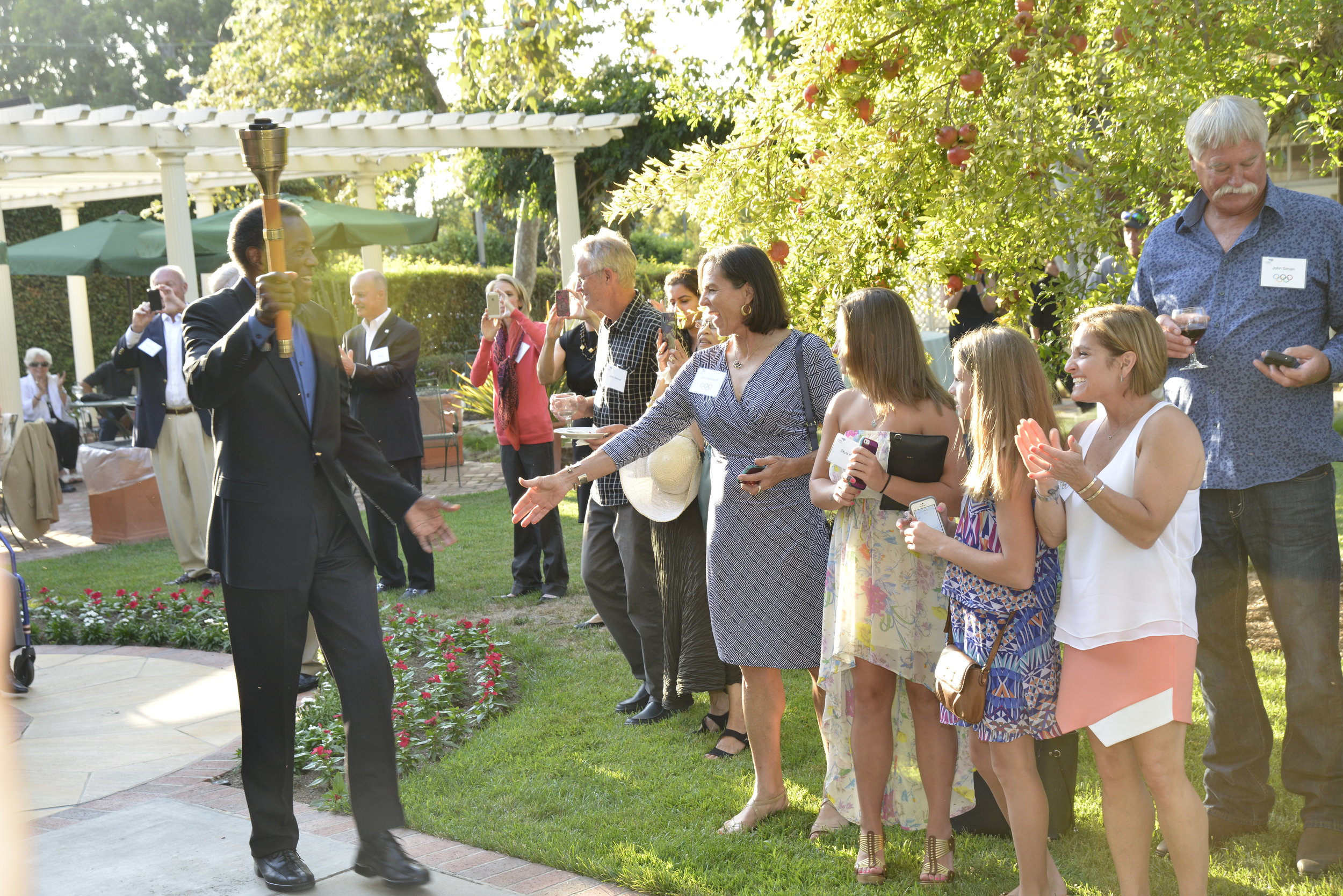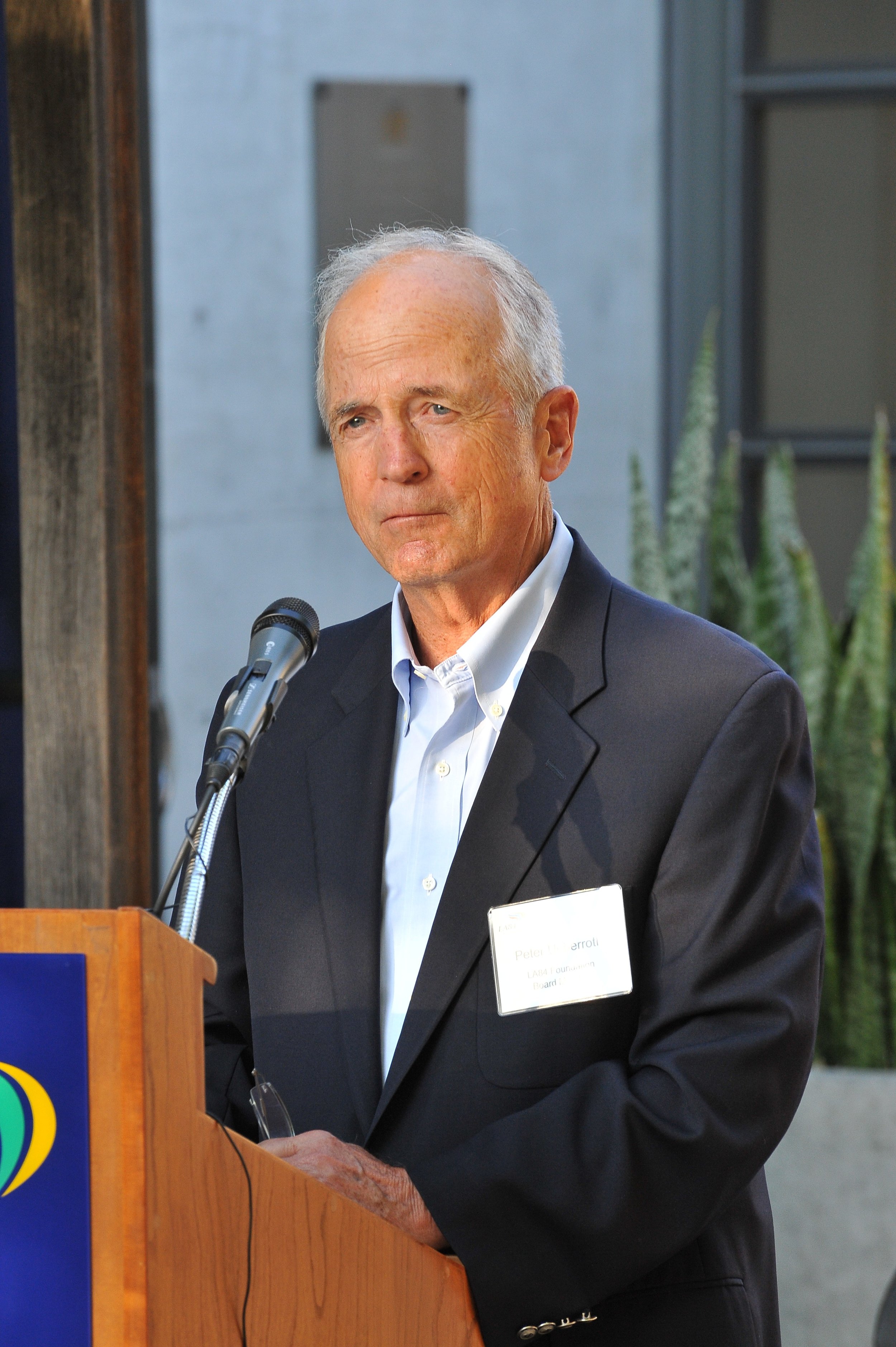When he was running the Salt Lake City Olympic Games, so this was obviously more than a dozen years ago, Mitt Romney had a saying that bore on the astute reflections of the ladies and gentlemen of the press. It traced to his Mormon forebears, who had come across the prairies in covered wagons. “The dogs may bark,” Romney would say when the newspapers would be filled with one story after another as the Games struggled to recover from the scandal linked to Salt Lake’s winning bid for the 2002 Games, “but the caravan moves on.”
The leadership of any high-profile sports enterprise can be said, in one way or another, to be an exercise in ongoing crisis management.
Now it is NFL commissioner Roger Goodell’s turn in the white-hot spotlight.
He and the league are suddenly wrestling with a rapid-fire succession of cases linked to domestic violence and allegations of child abuse. In concert, they underscore the NFL’s unique place in American culture even as they also frame significant questions going forward about issues such as due process that remain at the core of the American experience — issues that absolutely need to be addressed, quietly, with reason and certitude, amid all the shouting.
On Sept. 8, the Baltimore Ravens released running back Ray Rice and the league suspended him indefinitely after the website TMZ posted a video showing him punching his future wife, Janay, in an elevator.
On Wednesday, the Minnesota Vikings placed Adrian Peterson, another of the league’s standout running backs, who is facing child abuse charges in Texas, on the exempt-commissioner’s list. Peterson is alleged to have whipped his 4-year-old son with a “switch,” or a tree branch. That same day, the Carolina Panthers took the same action with defensive lineman Greg Hardy; he was found guilty of domestic violence in a case involving his girlfriend in July. Hardy is appealing.
Also Wednesday, Arizona Cardinals backup running back Jonathan Dwyer was arrested on charges of aggravated assault against his wife and 17-month-old son and four other counts, all from incidents that took place in July. Police allege he head-butted her after she refused sex. The Cardinals immediately deactivated Dwyer, putting him on the reserve/non-football illness list; he is now ineligible to play for the team this season.
The Rice case has been, by far, the most prominent matter, because the elevator video is so provocative. It has served as a lighting rod for Goodell’s leadership under pressure — offering lessons, good and not so, for the league and for others, both in the United States and worldwide, confronting a major issue, and in real time.
The prime takeaway from the Salt Lake scandal, which erupted in late 1998, is that leaders and institutions need to be as transparent and accountable as possible.
In this regard, Goodell has assuredly made some missteps.
At the same time, he also has — despite the many critics, their voices amplified by social media — done some things right.
Starting from the obvious: domestic violence and child abuse are never acceptable.
Now, some of the the not-so-good:
— In July, Rice was given a two-game suspension under the NFL’s personal conduct policy following a Feb. 15 altercation with his then-fiancee in an Atlantic City, N.J., casino elevator. That was too lenient — particularly for a league seeking to attract female fans.
— Critically, Goodell did not go after the in-elevator tape diligently enough. As commissioner, for instance, could he have used more leverage with Rice’s defense attorney? Goodell and the Ravens say they never saw the video before Sept. 8.
— Shortly after the TMZ video emerged, Goodell sat down for a one-on-one interview with CBS News. He hasn’t been heard from since. He needs to make himself available for a news conference. I was there at the hotel in suburban Chicago the day Goodell was elected commissioner. He’s good at news conferences. Have the NFL PR office give everyone with a press pass in New York 60 — heck, make it 90 — minutes notice. That’s more than enough.
In that CBS interview, Goodell said the league is “particularly reliant” on law enforcement for evidence. Unsaid is that TMZ, which is at its core a celebrity-news website, gets its stuff wherever it gets it — and maybe it pays for it and maybe it doesn’t. This leads, however, to a fascinating — albeit fundamental — question:
Do we really want employers to buy evidence regarding activities their employees are involved in outside the workplace?
Or what about this:
Consider Dwyer’s sudden ineligibility. If you go about suspending everyone who is accused of a crime, what about due process? And this, too: millions of dollars are bet, some of it legally, on the NFL. If players are suddenly being forced out because of accusations of domestic violence — what happens if such accusations are made on false, flimsy or thin evidence? Or, worse — if an accuser is being paid off by a gambler?
These are the sorts of difficult, nuanced questions that demand experience — and relationships forged over time — to sift through.
Goodell, despite cries that he should step down or be fired, seems increasingly unlikely to go anywhere.
Though Anheuser-Busch, a major NFL sponsor, earlier this week said it was “increasingly concerned” over reports of NFL player domestic violence, the chief executive of PepsiCo, Indra Nooyi, late Wednesday issued a statement calling some players’ behavior “repugnant” but describing Goodell as a “man of integrity.”
Such praise from the female CEO of the maker of Pepsi, Gatorade and Doritos — and the sponsor of last year’s Super Bowl halftime show — is notable.
Meanwhile, another major sponsor, Verizon CEO Lowell McAdam, issued a statement that said the NFL had reached out to the company several weeks ago and has “been working behind the scenes to develop and implement problems that will address the [domestic violence] problem at its root.”
These sponsors, and others, understand that in fact Goodell has shown leadership amid the storm.
— Goodell actually has levied punishment on Rice. After the video emerged, he suspended him indefinitely from the league — a suspension the NFL Players Association is now challenging, asserting Rice’s due process rights. Query: has anyone else punished Rice? The criminal justice system? In May, Rice was accepted into a pretrial diversion program, which meant he would avoid prosecution, assuming he successfully completes the program (it usually takes about a year).
— The big thing: after initially assessing the two-game penalty, Goodell began meeting with domestic violence experts and advocates. He then conceded he’d made a mistake and issued not just a personal but an organizational apology, acknowledging he “didn’t get it right.”
Under a new NFL policy announced in August, first-time domestic violence offenders would face six-game suspensions and repeat offenders would be suspended indefinitely.
Intriguingly, this sort of thoughtful honesty and analysis is precisely the sort of thing we say we want in our leaders. Yet when they actually do it, far too many critics are incredibly quick to use it as a weapon against them.
Just one question: why?


